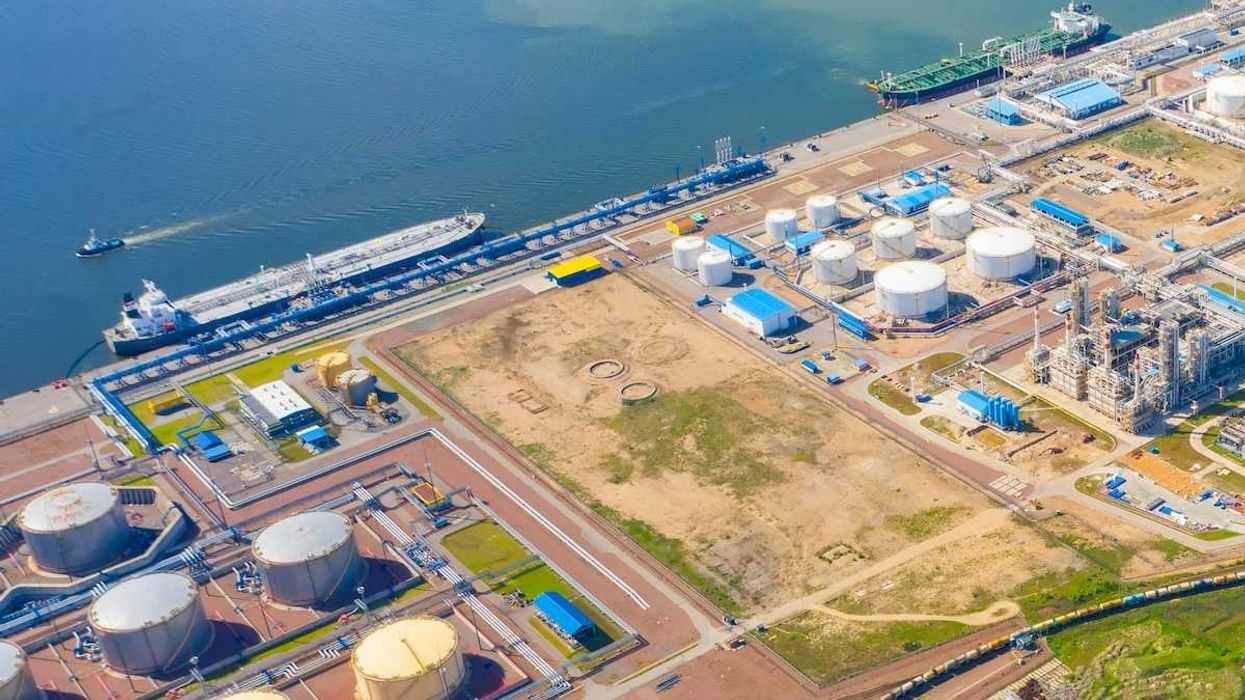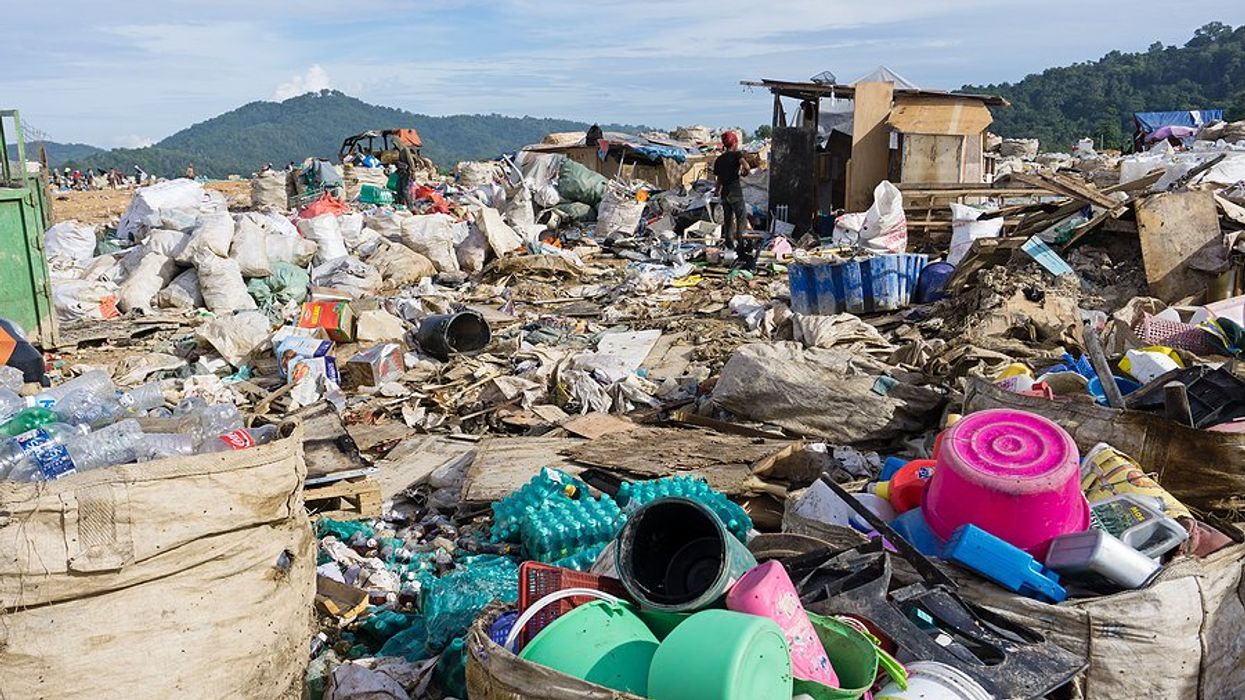The U.S. is ramping up domestic uranium mining to meet rising energy demands while decreasing its reliance on Russian supplies, but Indigenous communities fear the environmental and health risks of renewed mining near their homes.
Ivan Penn and Rebecca F. Elliott report for The New York Times.
In short:
- The U.S. is boosting uranium production to fuel nuclear energy and cut dependence on Russian supplies after the Ukraine invasion.
- Communities near mines, including Native American tribes, worry about contamination and long-term health effects from radioactive materials.
- Despite improved safety regulations, some areas still face lingering environmental hazards from past mining activity.
Key quote:
“I doubt the town’s ever coming back. Nobody wants to live someplace like this.”
— Byron T. Seeley, resident of Jeffrey City, Wyoming
Why this matters:
While nuclear energy has undeniable potential to help combat climate change, the question is whether the mining industry can truly prioritize health and environmental justice as it scales up. For many of these communities, the scars of past negligence raise serious doubts. Read more: Kevin Patterson on Indigenous communities’ heavy metal exposure.














